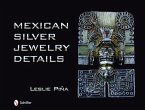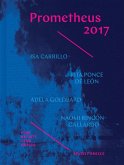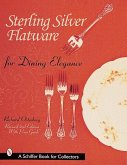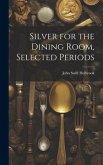Sculptors, painters, and architects in 20th-century Mexico, working in silver, inspired unprecedented stylistic and technical experimentation. This dual-language English/Spanish compendium focuses primarily on threads of influence in the development of the modern Mexican silver industry. It covers the active artistic communities in Taxco and Mexico City, which had a major impact on silver designers, maestros, and silversmiths. Morrill helps us explore the materials, techniques, and design aesthetics of artists William Spratling, Hâector Aguilar, Margot Van Voorhies, Anna Morelli, and Matilde Poulat, together with a group of talented contemporary Mexicanartists designing in silver. The artists' works were born out of a unique perspective, the challenge provided by the aesthetics of Mexican indigenous art. Forces like cubism, surrealism, primitivism, and abstraction were incorporated into a distinctly Mexican stylistic language. Researchers, curators, collectors, and art lovers will treasure this indispensible resource, demonstrating why Mexico has been and continues to be an exciting and nurturing setting for artists in silver.







